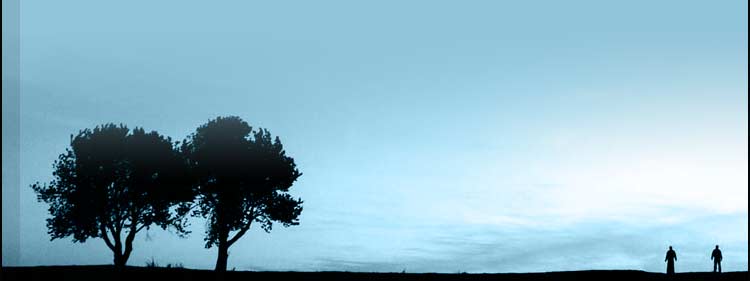




Jamestown
Content
In June of 1606, King James I granted a charter to a group of London entrepreneurs, the Virginia Company, to establish a satellite English settlement in the Chesapeake region of North America. By December, 104 settlers sailed from London instructed to settle Virginia, find gold and a water route to the Orient.
On May 14, 1607, the Virginia Company explorers landed on Jamestown Island, to establish the Virginia English colony on the banks of the James River 60 miles from the mouth of the Chesapeake Bay. By one account, they landed there because the deep water channel let their ships ride close to shore; close enough, to moor them to the trees. Recent discovery of the exact location of the first settlement and its fort indicates that the actual settlement site was in a more secure place, away from the channel, where Spanish ships, could not fire point blank into the Fort. Almost immediately after landing, the colonists were under attack from what amounted to the on-again off-again enemy, the Algonquian natives. As a result, in a little over a months' time, the newcomers managed to "beare and plant palisadoes" enough to build a wooden fort.
The following links are for websites containing lots of information about the archeological work at Jamestown:
Historic Jamestown
Virtual Jamestown
In 1994, excavation began of James Fort at Jamestown, Virginia, USA. At the site archeaologists discovered the remains of a 17th century sea captain, believed to be Bartholomew Gosnold.
In order to establish if the remains are those of Bartholomew Gosnold scientists hoped to examine DNA extracts from two graves at churches in Suffolk, England, thought to belong to two of Bartholomew's maternal relatives.
The following links show some news stories relating to this:
The Suffolk link to America's founding father
Closing in on Gosnold's DNA
Shelley Excavation pictures
On May 14, 1607, the Virginia Company explorers landed on Jamestown Island, to establish the Virginia English colony on the banks of the James River 60 miles from the mouth of the Chesapeake Bay. By one account, they landed there because the deep water channel let their ships ride close to shore; close enough, to moor them to the trees. Recent discovery of the exact location of the first settlement and its fort indicates that the actual settlement site was in a more secure place, away from the channel, where Spanish ships, could not fire point blank into the Fort. Almost immediately after landing, the colonists were under attack from what amounted to the on-again off-again enemy, the Algonquian natives. As a result, in a little over a months' time, the newcomers managed to "beare and plant palisadoes" enough to build a wooden fort.
The following links are for websites containing lots of information about the archeological work at Jamestown:
Historic Jamestown
Virtual Jamestown
In 1994, excavation began of James Fort at Jamestown, Virginia, USA. At the site archeaologists discovered the remains of a 17th century sea captain, believed to be Bartholomew Gosnold.
In order to establish if the remains are those of Bartholomew Gosnold scientists hoped to examine DNA extracts from two graves at churches in Suffolk, England, thought to belong to two of Bartholomew's maternal relatives.
The following links show some news stories relating to this:
The Suffolk link to America's founding father
Closing in on Gosnold's DNA
Shelley Excavation pictures

